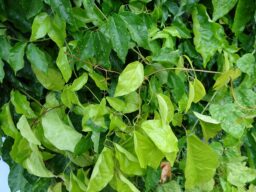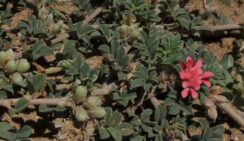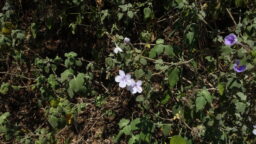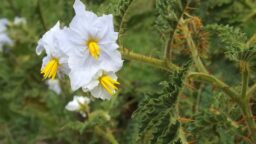Common Name: Indian alder, Nepal alder

Indian alder is massive tree that can grow to around 35 meters in height. It is often seen planted in high altitude areas of Nilgiris and Kodaikanal. This tree prefers the high altitude areas in Western Ghat-generally seen above 1700 MSL. The simple leaves are arranged in an alternate manner; the leaf margin is entire. The leaves are glossy green in color and paper like. They are elliptic-ovate in shape with an acute apex. The leaf stalk and leaf measure around 3 cm and 25 cm respectively. The male inflorescence is in the form of a long yellowish drooping spike. The female inflorescence is in short spikes. Both male and female flowers occur in the same tree. The fruit resembles a cones which is typical to the Pine family. They are initially green in color and as they mature they turn brown. The seeds are brown colored, flat and winged. Indian alder tree is used in Nepal in agro forestry systems involving Cardamon, Millets etc. Indian alder tree is known to increase soil fertility by increasing the biomass in the soil. The tree is also used as fuel wood: they easily coppice. In China research has shown that the yield of Tea leaf improves when Indian alder is used as a shade tree. A row of Indian alder has been planted around Donnington near Kothagiri in Nilgiri District as avenue trees.





